
Save your surplus solar power
Your plug & play solar kit is a great device to produce your own solar power, and lower your bills. But does it always produce the exact power you need at any given time of the day? Of course not, and this should not be a concern. We’ll show you how to take advantage of your surplus power in a smart way.
Where does surplus solar power come from?
Throughout the day, your plug & play solar kit’s production follows a bell curve that peaks between noon to 14.00. Whatever your consumption patterns are, they will never exactly match your kit’s production. There will always be moments where you produce more than you consume and vice versa. Plug & play solar kits are required to stay under the 800 W limit because even in the theoretical worst case scenario of all your 800 W being surplus, your home’s electrical infrastructure will not be damaged and there is no risk. So, whenever you produce more than you consume, you generate surplus. And for households that during the day are at work, and consumption drops, there is likely to be a lot of surplus when your kit produces most, while you consume in the morning and evening when your kit isn’t producing.
How power companies account your surplus solar power
So if you see that you produce surplus in meaningful quantities, then why would you give it away for free to your power company? We recommend you register your kit with your power company, activate bidirectional power metering, and get compensated for the surplus you feed into the grid. Depending on your country’s regulation, you might need some documentation for this, and power companies follow different procedures.
What we have learned from talking to customers is that most power companies first of all try to balance out the electricity you feed into the grid with the one you consume. This is actually great, since it has the biggest impact on your bill, as it reduces the expensive kWh that you consume from the grid, but don’t have to pay. If after this accounting you still have fed more electricity into the grid than you have consumed, and your power company basically charges you for zero kWh in a month, then you will get paid for each kWh that you have fed into the grid. The trick is that the price you get paid for each of these kWh is much lower than what your power company charges you for the kWh that you consume. This is due to the administrative and transport costs of electricity, and the fact that the power company needs to make a profit.
With a plug & play solar kit that has a maximum output power of 800 W, it is unlikely you will produce more electricity than you consume even after compensation between daytimes, but it is possible. Experts like the Grinch Energético went even further into detail, looking at intra-hour accounting (in Spanish), and found very interesting ways to further optimize your power consumption with your production. This gives your relatively small plug & play installation a much bigger impact on your power bill than the direct elimination of consumption in the moment when you produce electricity during the day.


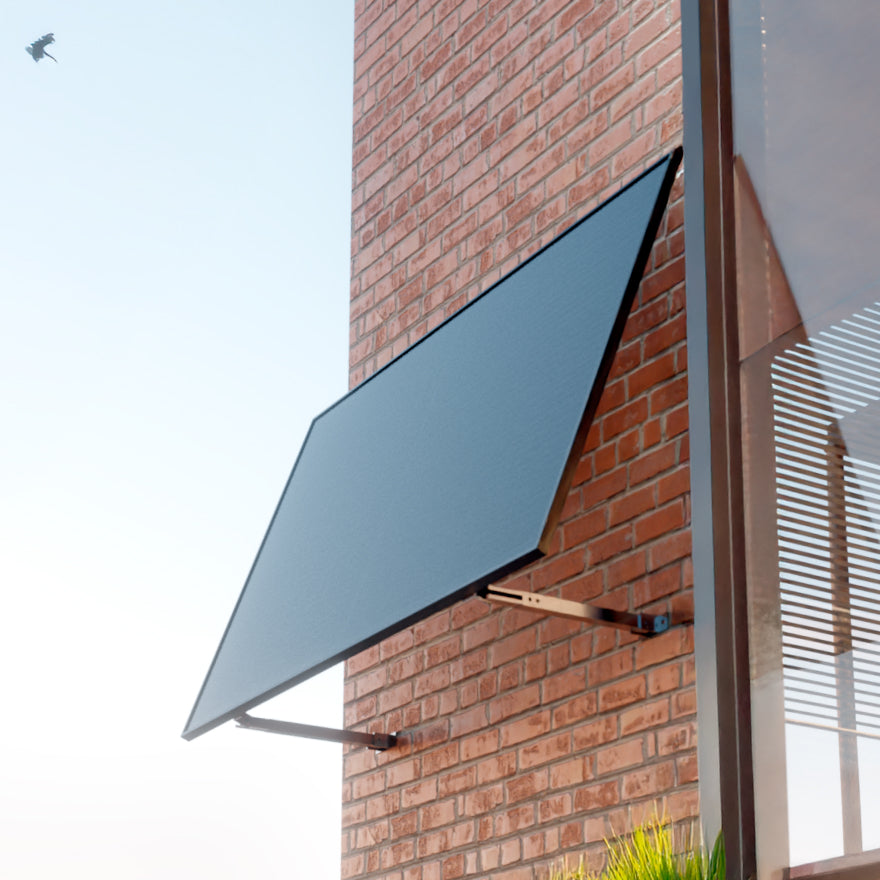
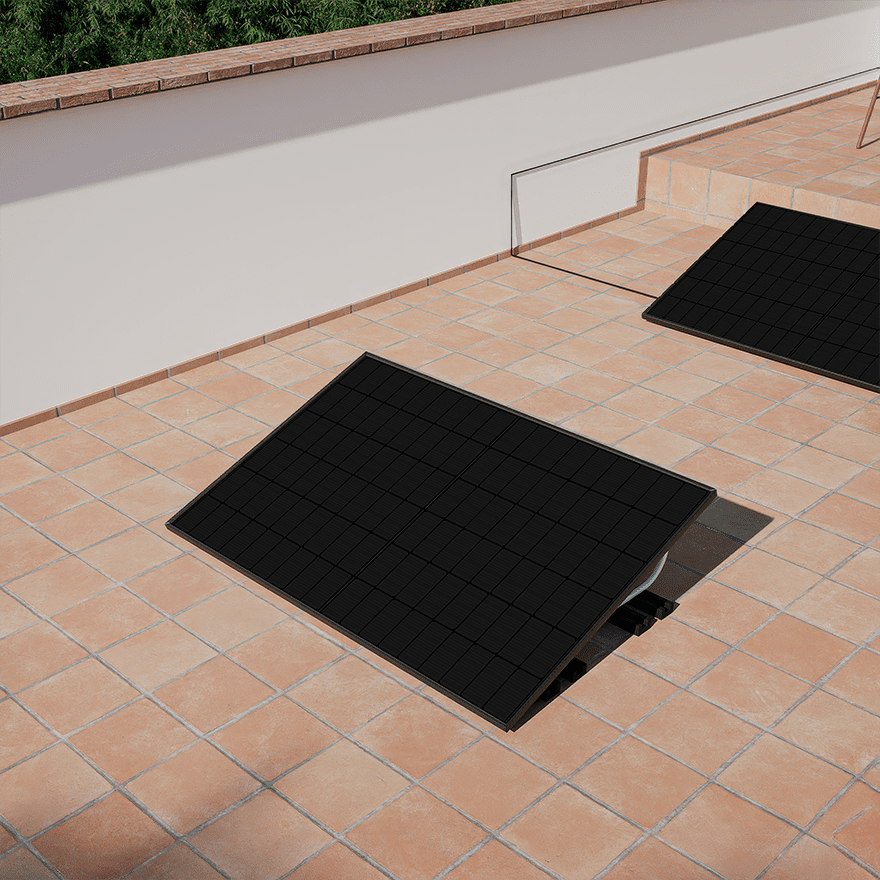
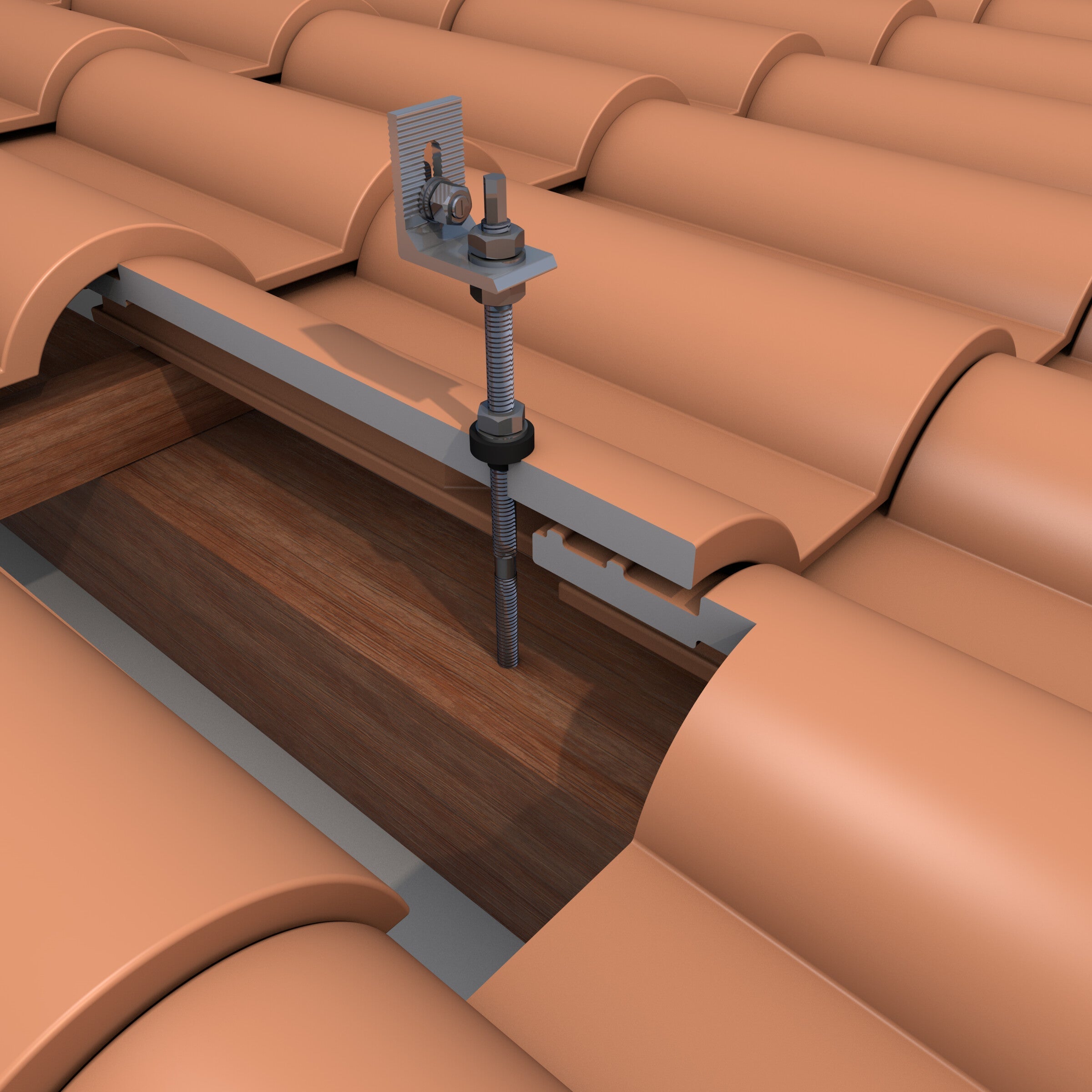
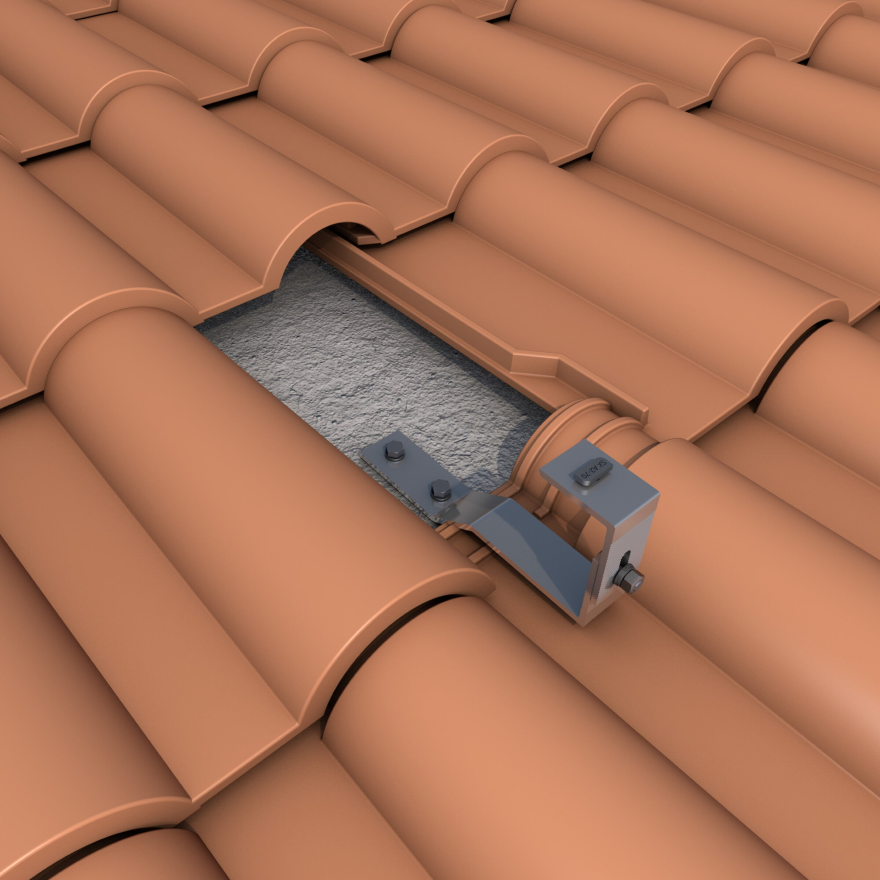
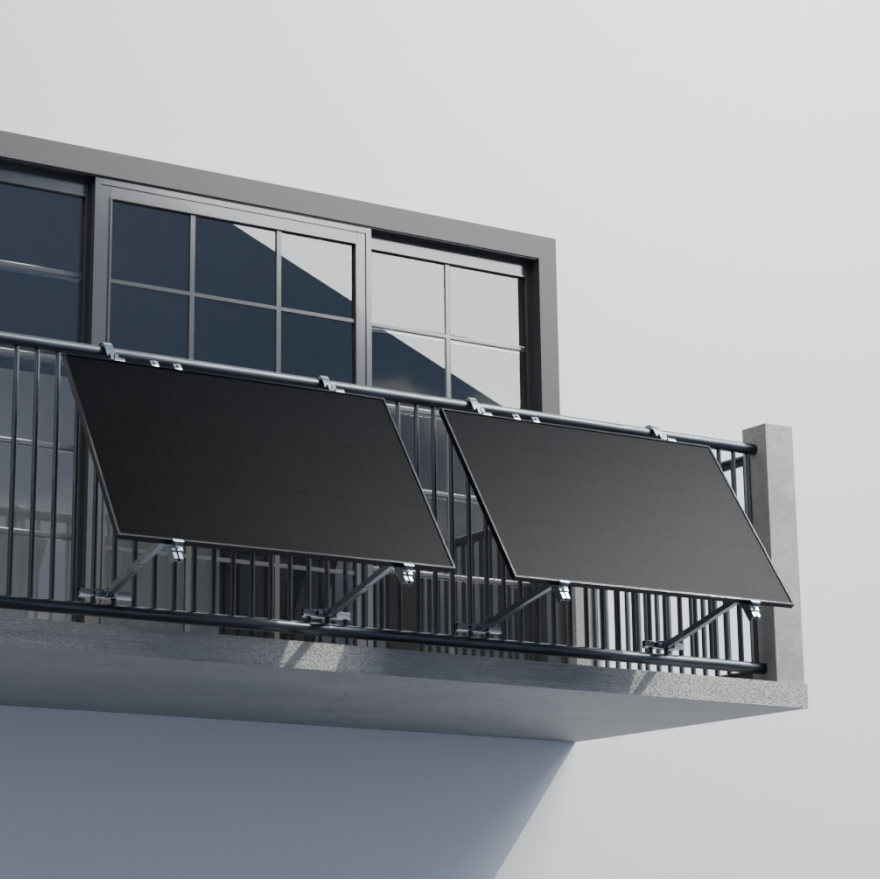
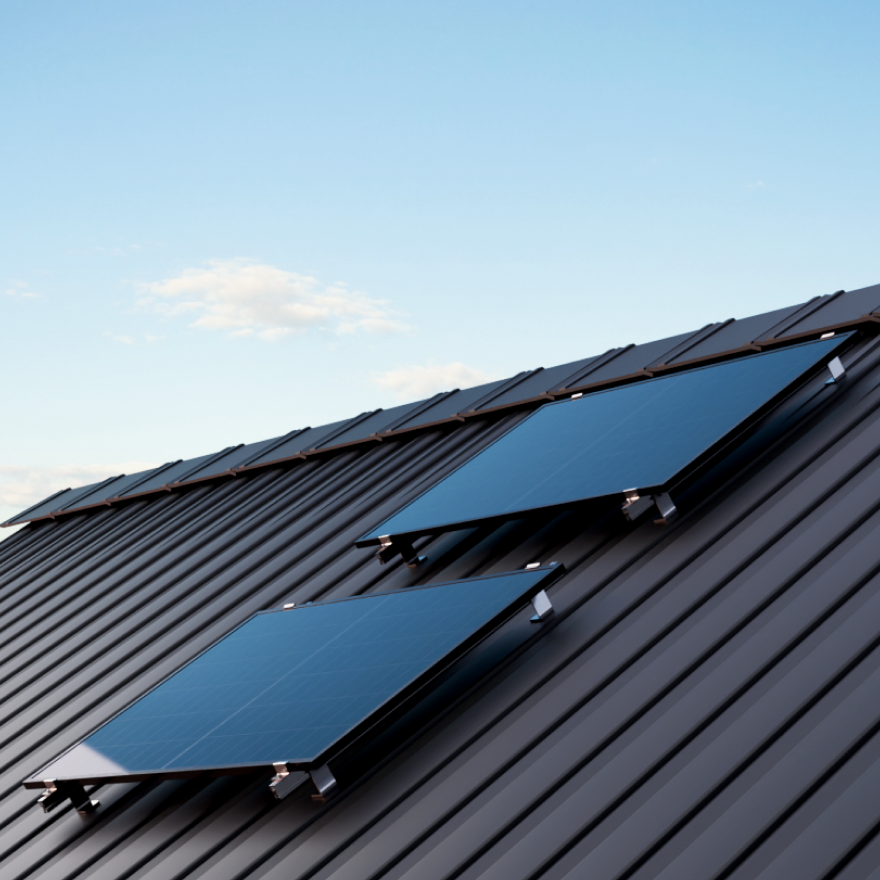
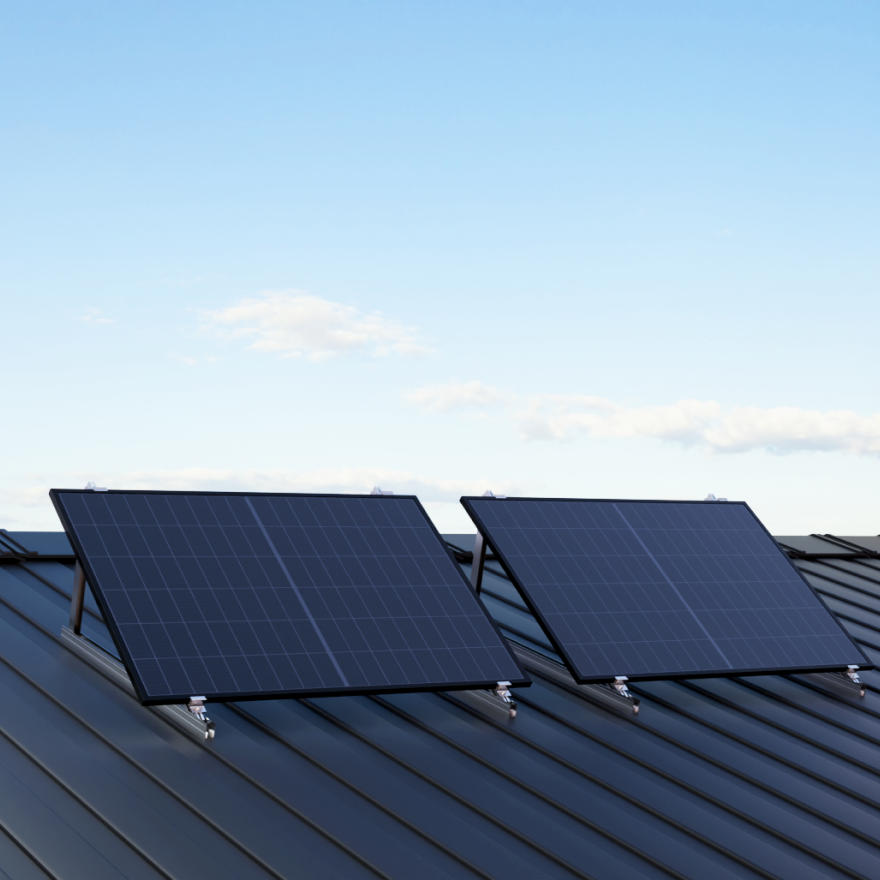

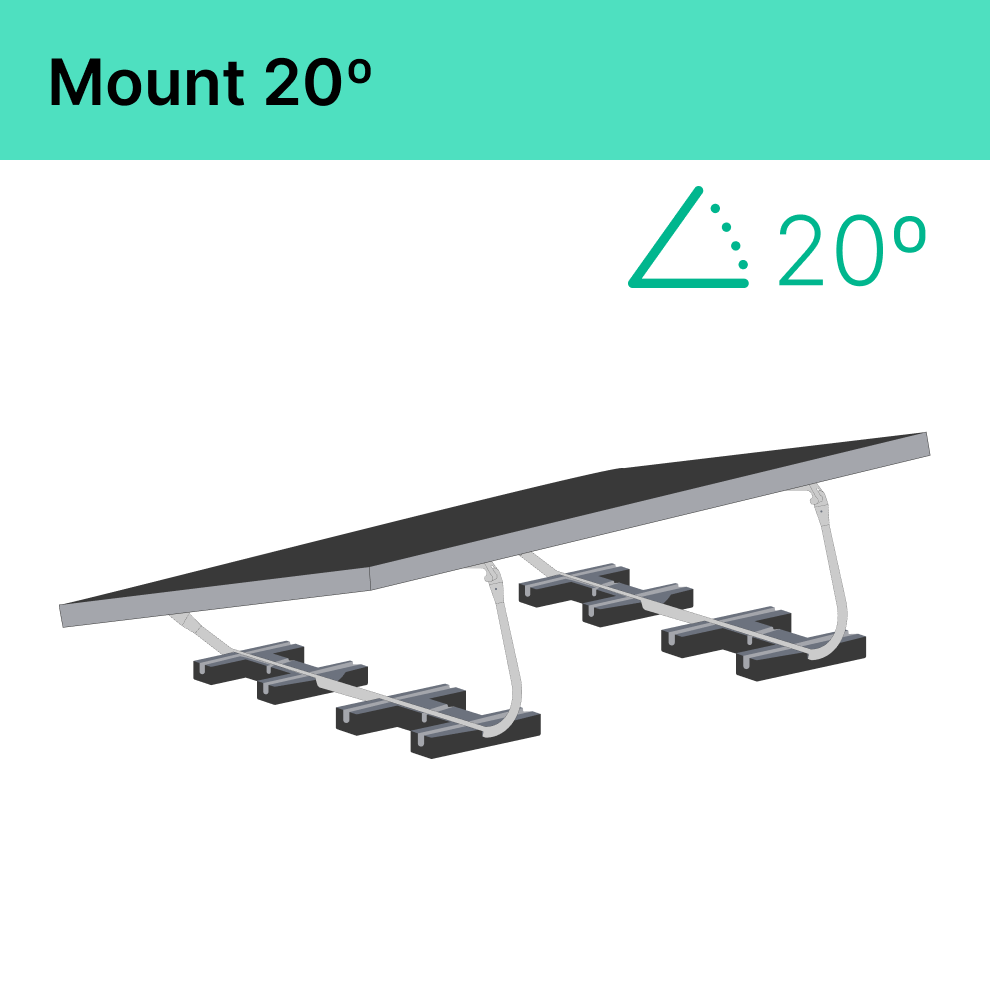

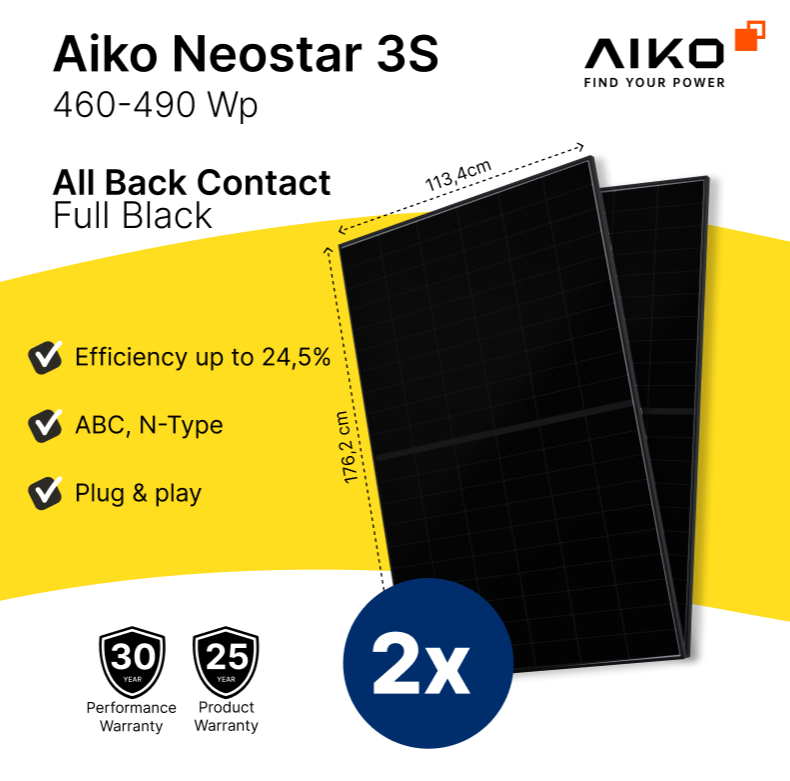
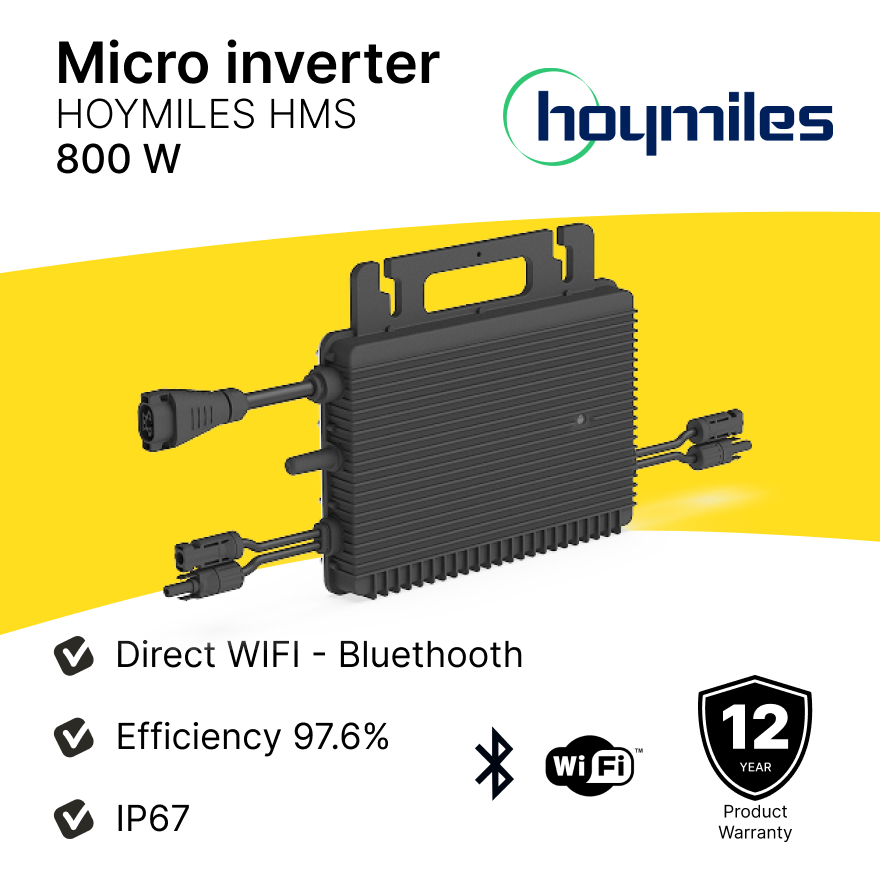
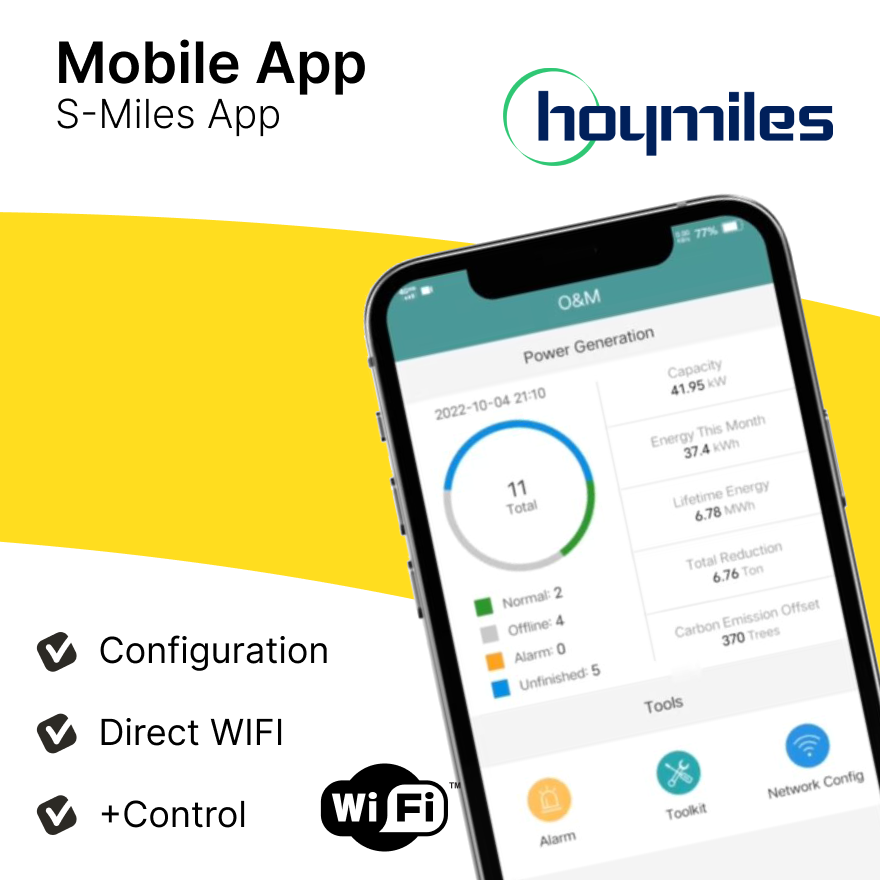


2 commenti
Hola Teofilo, gracias por tu pregunta.
Nuestros kit son Plug & play, se componen de 1 o 2 placas, cumplen con la normativa europea de la autoinstalación de baja tensión, por lo que no podemos pasar de 80W.
Robinsun
Buenas taedes, supongamos que quiero ver un kit de tres o cuatro placas, seria posible? tienen estos y otros kits ?
Teofilo Donaire Garcia
Commenta
Questo sito è protetto da hCaptcha e applica le Norme sulla privacy e i Termini di servizio di hCaptcha.